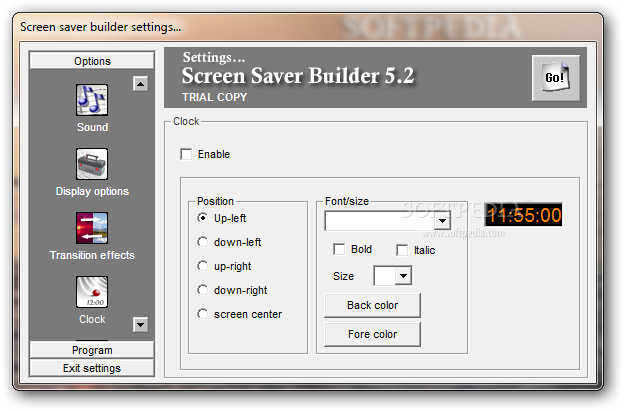
- #Screentime for flash process driver
- #Screentime for flash process android
- #Screentime for flash process code
I preferred Family Link daily limits, which were easier to adjust on the fly. Winner: My son liked Apple’s method best because he could switch from playing games to watching videos when one timer ran out. Google and Amazon both offer the ability to sign in as a new user on an existing device so a child can borrow a parent’s tablet or phone and still be tracked. While your kids will need to be signed in to their own device for each of these methods to work, only Apple assumes that your child will have their own iPad or iPhone new enough to run iOS 12. Screen Time, Family Link vs FreeTime: Devices IDG My son didn’t care, but he liked picking out his avatar on FreeTime. Winner: I didn’t mind setting up a limited email account for my son, but I preferred FreeTime’s method. Once set up, you can remotely manage their account on the web from any device at.

You don’t need to create an email account for your child, though you will need to link their profile to your existing Amazon account. Like Google, Amazon also requires a download of the Amazon FreeTime app to get started. Otherwise, the process is fairly straightforward and simply requires following the prompts. To go through the setup process, you’ll need two devices on Nougat or later, one for you and one for your child. Once it’s installed, you’ll need to create a Google account for your child (again, under 13).
#Screentime for flash process android
".exe" touched file "C:\Windows\System32\en-US\ has built in a set of Digital Wellbeing tools into Android 9 Pie to track how much you’re using your phone, but if you want parental controls, you’ll need to download the free Family Link for Parents app. "flashax.exe" (Access type: "CREATE" Path: "HKLM\SOFTWARE\MICROSOFT\ACTIVE SETUP\INSTALLED COMPONENTS\.1.ver0x000000000000000c.db" Reads terminal service related keys (often RDP related)Īdversaries may target user email to collect sensitive information from a target. Remote desktop is a common feature in operating systems. Reads the registry for installed applicationsĪdversaries may attempt to get a listing of open application windows. Reads information about supported languages Malware, tools, or other non-native files dropped or created on a system by an adversary may leave traces behind as to what was done within a network and how.Īdversaries may interact with the Windows Registry to hide configuration information within Registry keys, remove information as part of cleaning up, or as part of other techniques to aid in ] and ].Īdversaries may interact with the Windows Registry to gather information about the system, configuration, and installed software.
#Screentime for flash process code
Process injection is a method of executing arbitrary code in the address space of a separate live process.Īllocates virtual memory in a remote process Modifies auto-execute functionality by setting/creating a value in the registry
#Screentime for flash process driver
Opens the Kernel Security Device Driver (KsecDD) of WindowsĪdding an entry to the "run keys" in the Registry or startup folder will cause the program referenced to be executed when a user logs in. Loadable Kernel Modules (or LKMs) are pieces of code that can be loaded and unloaded into the kernel upon demand. Installs hooks/patches the running process Windows processes often leverage application programming interface (API) functions to perform tasks that require reusable system resources. Adversaries may execute a binary, command, or script via a method that interacts with Windows services, such as the Service Control Manager.


 0 kommentar(er)
0 kommentar(er)
